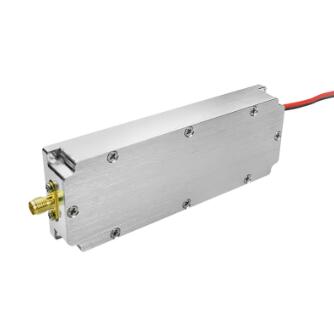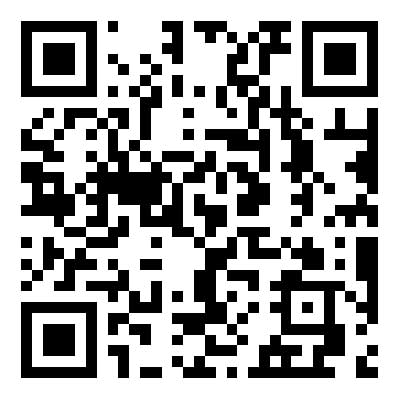The Future of Remote Control Anti-Drone Defense Systems: Innovations and Trends
2024-08-07
Introduction
As drones continue to proliferate across various sectors—from commercial delivery services to recreational use—the necessity for advanced countermeasures has become increasingly critical. Remote Control Anti-Drone Defense Systems are evolving to meet these demands, leveraging cutting-edge technologies to provide effective solutions for neutralizing unauthorized or malicious drones. This blog explores the future of anti-drone defense systems, highlighting emerging innovations and trends that are shaping the industry.
1. Integration of Artificial Intelligence (AI)
Artificial Intelligence (AI) is transforming the landscape of anti-drone defense systems. AI enhances the ability of these systems to:
- Improve Detection and Classification: AI algorithms can analyze data from multiple sensors to distinguish between different types of drones and identify potential threats more accurately. Machine learning models continuously improve their accuracy by learning from new data.
- Optimize Tracking and Response: AI-driven systems can predict a drone's movement and adjust countermeasures in real time. This enables more effective tracking and interception, reducing the likelihood of false positives and missed detections.
2. Advanced Signal Jamming and Spoofing Technologies
The next generation of anti-drone systems is set to incorporate more sophisticated signal jamming and spoofing techniques:
- Targeted Jamming: Future systems will employ advanced jamming technologies capable of selectively targeting specific frequencies used by drones, minimizing interference with other communications and ensuring more precise control.
- Enhanced GPS Spoofing: Innovations in GPS spoofing will allow for more accurate manipulation of a drone's navigation system, making it easier to redirect or safely land the drone without causing harm.
3. Development of Counter-Drone Drones
The concept of using drones as a countermeasure is gaining traction:
- Intercepting Drones: Specialized counter-drone drones equipped with nets or other capture mechanisms are being developed to autonomously intercept and neutralize unauthorized drones in mid-air.
- Swarm Technology: The use of drone swarms for defense purposes is an emerging trend. Swarms of counter-drones can work together to tackle multiple threats simultaneously, providing comprehensive coverage and increased efficiency.
4. Integration with Broader Security Systems
Anti-drone defense systems are increasingly being integrated with broader security infrastructures:
- Unified Security Platforms: Integration with existing security systems, such as surveillance cameras and access control systems, allows for a more coordinated and automated response to drone threats.
- Data Sharing and Collaboration: Anti-drone systems will benefit from data sharing between different security agencies and organizations. This collaboration enhances situational awareness and enables faster and more effective responses.
5. Regulatory and Ethical Considerations
As anti-drone technology advances, regulatory and ethical considerations will play a significant role:
- Regulations on Use: Governments and regulatory bodies are developing frameworks to govern the use of anti-drone technologies, ensuring that they are used responsibly and do not infringe on privacy rights or cause unintended harm.
- Ethical Implications: The deployment of advanced counter-drone systems raises ethical questions about privacy, civil liberties, and the potential for misuse. Ongoing discussions will shape how these technologies are developed and implemented.
Conclusion
The future of Remote Control Anti-Drone Defense Systems is characterized by rapid technological advancements and evolving trends. From AI integration and sophisticated jamming techniques to the use of counter-drone drones and broader security integration, these innovations are enhancing the effectiveness of anti-drone technologies. As the industry progresses, balancing technological capabilities with regulatory and ethical considerations will be crucial in ensuring that these systems provide robust protection while respecting privacy and civil liberties.



